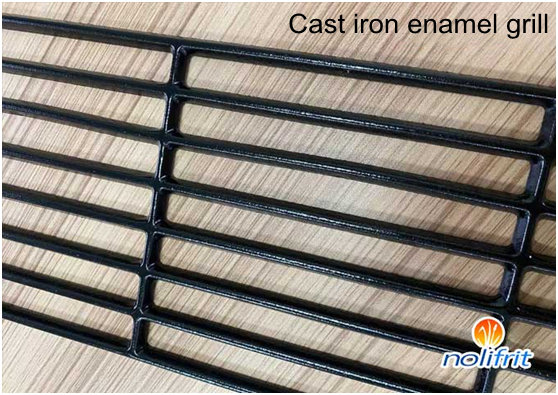Influence of Cast Iron Substrate on the Quality of
The modern application of enamel is mainly based on cast iron and steel plate wire. Stainless steel, aluminum plates and others account for very little market share. Compared with low-carbon steel, cast iron has better adhesion to enamel, and it is easy to make complex shapes, and because the deformation of the green body is small when external force is applied to cast iron, the enamel is not easy to peel off when impacted. Hydrogen (H2↑) generated during firing is easier to diffuse than steel plates, making it easier to enamel and fire thick billets, and cast iron is more acid-resistant than steel plates, so enamel bathtubs, enamel hobs, enamel kitchen utensils and acid-resistant Valves, pressurized reaction furnaces, etc., generally use cast iron enamel products.

The quality of the substrate is extremely important for enamel.
Generally, it is advisable to use No. 18 cast iron block. It can be closely combined with enamel frit to produce relatively strong adhesion, the surface is smooth and delicate, dense and beautiful, and provides a good basic skeleton for enamel.
Its No. 18 pig iron impurity content.
Carbon: 2-4.3 Silicon: 1.6-2 Phosphorus: ≤0.06 Sulfur: ≤0.03 Manganese ≤0.5 Titanium﹤0.05%, etc.
It is known from practice that the effect of remelting the recycled miscellaneous cast iron into the enamel base material is relatively poor. Generally used for rough hobs (pot racks). The miscellaneous iron contains certain impurities such as stainless steel, chromium, nickel, titanium, copper, etc., which will seriously affect the enamel porcelain surface, resulting in defects such as air bubbles, pores, cold bursts, cracks, and poor adhesion. Of course, there are cast iron substrates that are better than No. 18 cast iron. The author has tested American enamelled iron castings that are better than No. 18, and the enamel surface quality is more perfect.